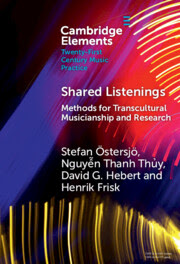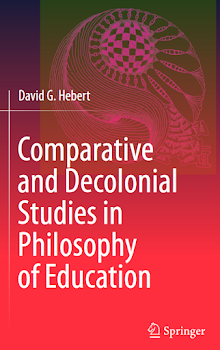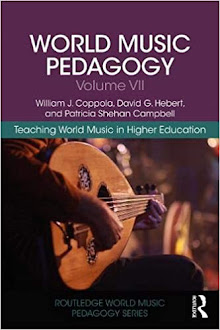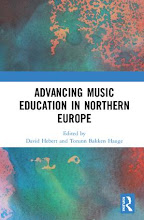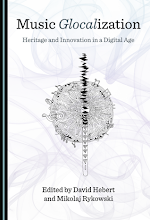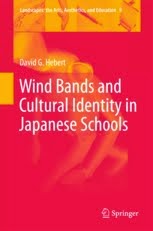In the
UK during the past year, for the first time in generations, more income was generated from live performances than from sales of music recordings. This development is rather shocking for many in the field of music, and would have been very difficult to imagine a mere decade ago. Times have certainly changed for the global music recording industry, which seems to have recently entered an era of desperation due to the rapid popularization of new technologies. The following news story from the USA illustrates an extreme example of the present situation:
http://www.reuters.com/article/musicNews/idUSTRE55K07E20090621
According to this report from last week, “a Minneapolis jury awarded the four major labels $1.92 million in damages after unanimously finding that a 32-year-old mother had willfully infringed on their copyrights by downloading and sharing 24 songs on the Kazaa peer-to-peer network.” The article describes the defendant in this case as “Jammie Thomas-Rasset, a 32-year-old Brainerd, Minn., mother of four who testified during the retrial that her ex-boyfriend or sons, then 8 and 10, were most likely responsible for downloading and distributing the songs.”
According to a report on the same story that appeared in the New York Times (http://www.nytimes.com/2009/06/20/arts/music/20arts-192MILLIONFI_BRF.html), “a lawyer for the Recording Industry Association of America, which filed the suit, said that she “infringed my clients’ copyrights and that she then tried to cover it up.”
This case raises many interesting issues in terms of music ownership, legal philosophy and social justice. Suppose instead of merely sharing a few songs, these children (or their mother, or her ex-boyfriend) planted some seeds from patented genetically engineered lemons bought from a local supermarket, raised a new tree, and then sold around $24 of lemonade produced from its lemons on the nearby street corner, according to American custom. Or, suppose they merely performed these songs on that street corner upon a stage constructed of wood from the tree derived from patented seeds, or on wooden flutes they carved from the tree branches, without explicitly crediting the tree’s corporate developer or paying the music industry for performance rights to the songs. Or, suppose the true origins of the patented lemon could be traced to a group of indigenous peoples in the Southern hemisphere who had cultivated citrus trees for generations, and from whom the original parent tree had been stolen, and from which a relatively insignificant genetically engineered modification was patented by a corporation in the Northern hemisphere. Suppose the precise mineral content of the water on which the lemon tree was raised had been patented by the local reservoir, and the mother and children had unknowingly violated its terms by failing to offer a royalty payment to the civic engineers for commercial use of the water. The notion of intellectual property certainly can be (and has been) taken too far at times, and it seems that proportionality should be a guideline when it comes to meting out punishments for these kinds of cases.
The act of sharing a few songs does not seem to constitute such a grave criminal offense, and no matter how much one might try to make lemonade out of these lemons, a $1.92 million fine seems excessive in this case. But perhaps not to music industry executives. One cannot help but wonder, are there any musicians living today in modern industrialized societies who have not at some point shared music with others in a way that the industry would now like us to regard as unconscionable and illegal? Does this incriminate us all?
Music educators should bear in mind the possibility of becoming the next target of this kind of lawsuit. Fair use for educational purposes is a principle that may be lost if educators are not vigilant in defending its continued relevance in the contemporary world. But for now, hopefully we can enjoy our lemonade as we freely share what we still can of music with our students.
Here is a link to a recommended article by
Charles R. Nesson on related issues:
http://www.law.harvard.edu/news/2007/05/01_nesson.php
UPDATE (August 3, 2009) - Here is a link to another case like this one:
http://www.nytimes.com/2009/08/01/arts/music/01arts-GRADUATESTUD_BRF.html





